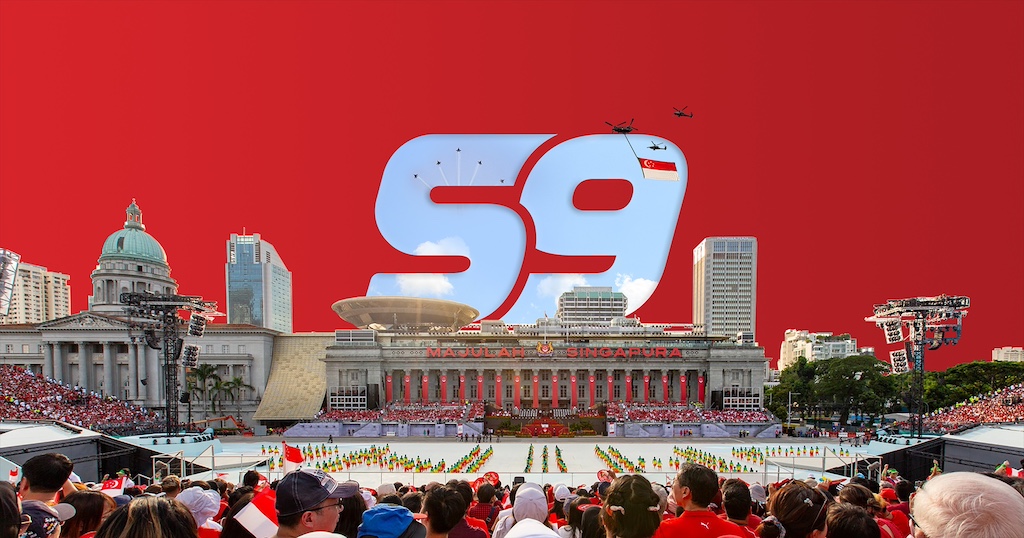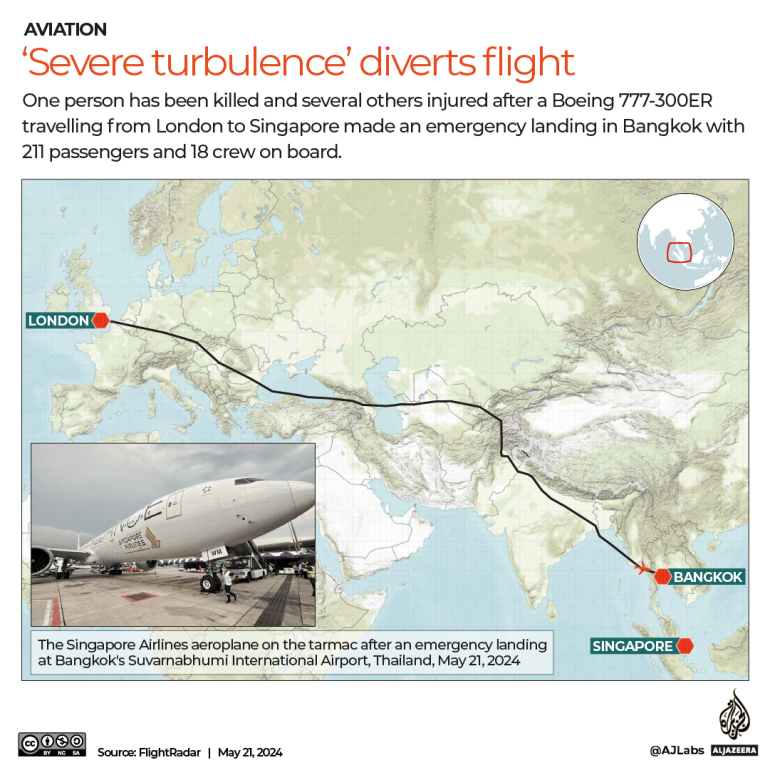The Land Transport Authority (LTA) has refreshed the MRT system map and transit signage system in tandem with the official opening of the Thomson-East Coast Line 1 (TEL1).
Redesigned MRT System Map
With the addition of new rail lines into our network, the MRT system map has been redesigned to make wayfinding easier. When viewing the new map, the Circle Line will intuitively serve as a focal point to help commuters quickly orientate themselves and plan their journeys. For the first time, the map features contextual elements such as prominent landmarks to help commuters identify their corresponding stations.
QR codes have also been introduced on the new system map, linking users to LTA’s online fare calculator as well as downloadable system maps in Singapore’s four official languages for viewing offline.
The process to redesign the system map began in 2015. As part of the design process, LTA engaged members of public and tested prototypes with map designers at international forums, and took in their feedback.
The new system map has been installed at the three TEL1 stations and will be progressively installed at all MRT and LRT stations.
Enhanced Signage System
To further improve commuters’ wayfinding experience, LTA will adopt an enhanced signage system starting with TEL1. The new transit signage system features larger font, new and improved icons, sharper colour contrast and improved signbox design, making it easier for commuters to read and understand the information provided.
The system follows an “Inform, Direct, Confirm” principle to help commuters navigate within a station and find the right exit:
1. Inform – One-Stop information points placed at several key locations within the station, to enable commuters to decide which exit to use for their respective, desired destinations.
2. Direct – Easy to follow directional signs, to assure commuters that they are on the right track.
3. Confirm – The use of visually prominent identifiers at exit points to reassure the commuters that they have arrived at their exit.
Like the system map redesign, the journey to refresh the transit signage system started in 2015 and included extensive research and testing to determine the necessary enhancements that would make it more intuitive and user-friendly.











